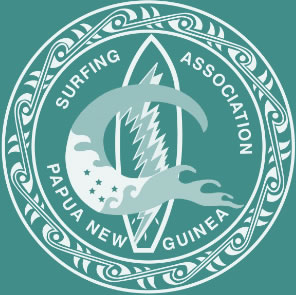Check out things to do!
Emirau Island is a gem in the Bismarck Sea and one of the favourite destinations on a charter on PNG Explorer. Part of the St Matthias Archipelago it is an unassuming a low-lying landmass, a true coral atoll.For PNG Surfaris,it’s always the island ‘war’ tour that is most memorable with guests. This experience generally comes to natural fruition based on the right person being there to guide, and the island’s vehicle being operational with its driver and fuel. So, like most authentic tourist experiences in PNG – you require patience and island-style planning for this one.
Emirau also ticks the boxes for some of the most pristine reefs for diving. For the fisherman,the offshore undersea mounts that rise from the deep ocean trench to attract a vast diversity of fish –aptly named the ‘fish supermarket’. And for the surf stoke a more challenging left-hand reef break which wraps around in view of the village a short boat ride from the anchorage.
The Emirau locals are welcoming and have the whitest smiles in New Ireland thanks to the illicit nature of the Betel Nut in this Seventh-day Adventist community.
There is a stream of welcoming canoes for visitors, and it’s the correct protocol to have a prior arrangement of visitation and to bear in mind not to arrive during the Sabbath day. That’s from sunset on Friday until sun down on Saturday.
Familiar faces welcome the opportunity for the trade of products for some store goods. Emirau is renowned for the best limes, softest kau-kau, a local sweet potato, and an abundance of tropical rock lobsters.
The island tour begins next to the remnants of an old fish processing plant next to a dilapidated jetty. This jetty would have landed much fish in its day; it was still in operation a mere 15 years ago. But today– the only island economy are some tiny trade stores in some of the villages.
It’s ‘war’ tour, as, during World War II, it was decided Emirau was in an excellent position for the US to be able to keep an eye on the Japanese who had by this time occupied the town of Rabaul, in East New Britain. Emirau was seized unopposed by a force of almost 4000 US marines. The stories tell how they’re located the whole island population to its neighbour Mussau, it was all relatively peaceful, as there was no Japanese invasion.
From the storytelling, you get a feel for the enormity of the construction by the special US Navy ‘See bees’. Over a matter of months, they built an island ring road of 64 km, two airfields over 2km long and 91 metres wide with parking for over 200 fighters. Today seeing the airstrip in its imperfect stateit’s hard to imagine the bombers lined up in their bays. With planes taking off, communicating with the control towers, and the runway lit up for the next landing.
Close to the airfields hidden under bush are piles of rusted ammunition and hundreds of embossed Coca-Cola bottles.An enterprising individual sold a number of these back to the States many years after the war.
Concrete slabs and partial walls represent the soldiers’ mess, their accommodation, the sawmill, the huge aviation fuel tanks, machinery workshops and sheds.Post-war all the machinery was either driven off the cliff or sold for salvage. One abandoned bomber remained on the airstrip for many years, which they eventually melted down for re-purpose.
As the compacted coral road runs next to villages,it’s like a game to see how much war memorabilia you can spot.Like the plane propellers propped against someone’s house, or women washing their clothes on sheets of metal that looks like it once part of a machine.
At the only crossroads on the island, there is a large stone memorial to US General Douglas Macarthur, as a memorial for his role in the Pacific campaign. Emirau island had such a pivotal part to play, and this acts as a reminder for the later generations.
One significant impact from US visitors was through the removal of the already poor-quality topsoil for the development. A negative memento today as gardens are shallow, lacking nutrients and struggle to provide a better quality of produce.
Another legacy has been the unexploded cartridge shells, and mortar bombs left scattered throughout the island. These have exploded at random and maybe with help; these people are Emirau’s limbless bomb experts. As time goes on all this leftover equipment, and infrastructure will be less and less, rusting away into the soil and waters. The stories diluted in facts and the potential for this tourism experience may lessen – so should you find yourself at Emirau take the opportunity to walk around the island and just look and listen.


